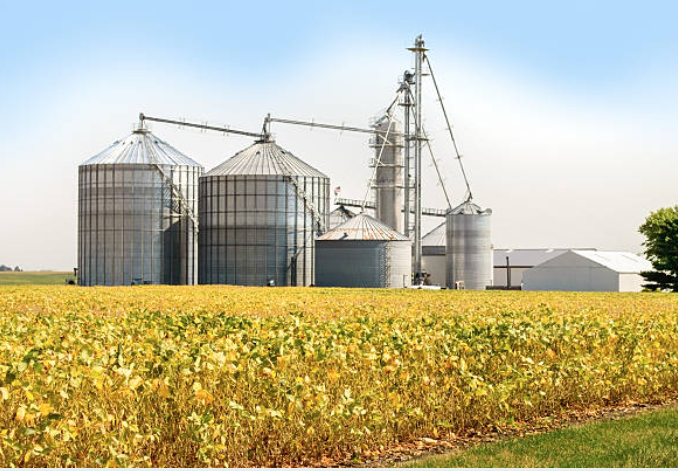
Posted on Sunday, October 6, 2024
In the agricultural sector, effective storage solutions are crucial for managing harvested crops and ensuring food security. Roll forming machines have emerged as an essential technology in the production of silos, grain bins, and storage tanks, providing farmers with durable, efficient, and cost-effective storage options.
Roll forming is a continuous manufacturing process where metal strips are gradually shaped into desired profiles through a series of rollers. This method is particularly well-suited for producing silos and grain bins, as it allows for the creation of large, uniform metal sheets that can be easily assembled into robust structures.
As agriculture continues to evolve, the importance of efficient and durable storage solutions becomes paramount. Roll forming machines play a vital role in the production of silos, grain bins, and storage tanks, helping farmers improve their storage capabilities while maximizing efficiency and cost-effectiveness. By investing in roll-formed storage solutions, farmers can enhance their operations, ensuring they are well-equipped to meet the demands of modern agriculture.

32/1000 Box Profile Roll Forming Machine – Complete Guide & Specifications
Posted on Sunday, November 16, 2025
High-performance 32/1000 box profile roll forming machine for roofing and cladding. Full specifications, profiles, applications, pricing

PBR / R-Panel Roll Forming Machine – Complete Guide & Specifications
Posted on Sunday, November 16, 2025
PBR / R-Panel roll forming machine for roofing and wall cladding. Full specs, profiles, applications, pricing, and global buying guide. Built to order.

Posted on Sunday, November 16, 2025
How to Diagnose and Fix the Hidden Electrical Problems That Cause Downtime
Copyright 2025 © Machine Matcher.